In the heart of northern Poland is Redzikowo, a village that hosts a NATO military base that serves as a shield against missile attacks, especially from threats from the East. According to military experts, this strategic military outpost is nothing more than a “thorn” in the side of Russia, considered a “symbol” of NATO’s relentless eastward expansion.
“Audioable Symbol”
Every morning, when Polish journalist Tomasz Czescik walks his dog, he is greeted by the deafening sound of the American national anthem blaring from the Redzikowo military base. Behind a barbed wire fence, with “Keep Out” signs in several languages, is a military facility that is expected to become operational this year and serve as a bastion against potential missile attacks on Europe and the United States.
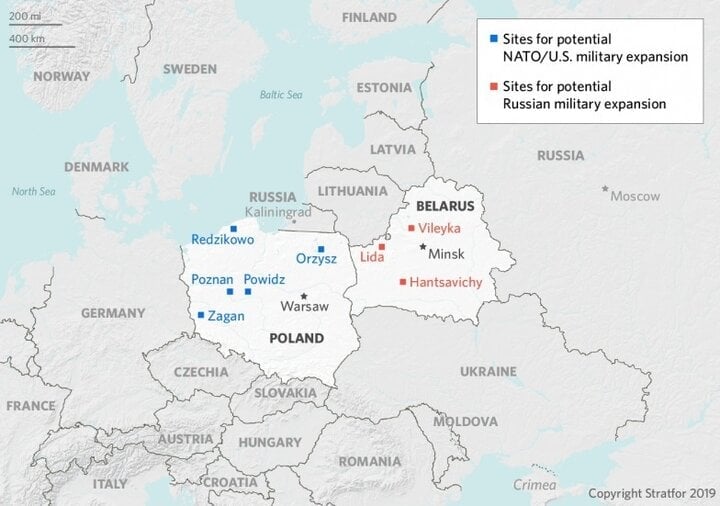
Location of Redzikowo base in Poland.
The Kremlin is worried
Despite US claims of the base’s defensive purpose, Russia views the Redzikowo and Romania bases as potential launch pads for offensive operations against Russia. Escalating tensions with Moscow’s signals of retaliation have increased friction on both sides, fueling an atmosphere of uncertainty and mistrust.
Russia’s concerns were further heightened by Poland’s construction of a missile base in Redzikowo, just 160 km from the Russian exclave of Kaliningrad and more than 1,200 km from Moscow. The deployment of the Aegis Ashore defense system at Redzikowo, equipped with modern radars and missile launchers, added to Russia’s fears of an imminent threat.
Redzikowo villagers are uneasy.
Local problems have arisen, with Redzikowo villagers worried about being a potential target in the event of conflict. Property values in the village have plummeted and some investment projects have been put on hold due to fears of a possible missile attack.
Security balance, de-escalation?
NATO’s efforts to de-escalate tensions include proposing a “transparency mechanism” to address Moscow’s concerns about the missile bases. However, Russia has demanded more significant changes, including NATO withdrawing military forces from Eastern Europe and limiting the deployment of offensive weapons in the region.
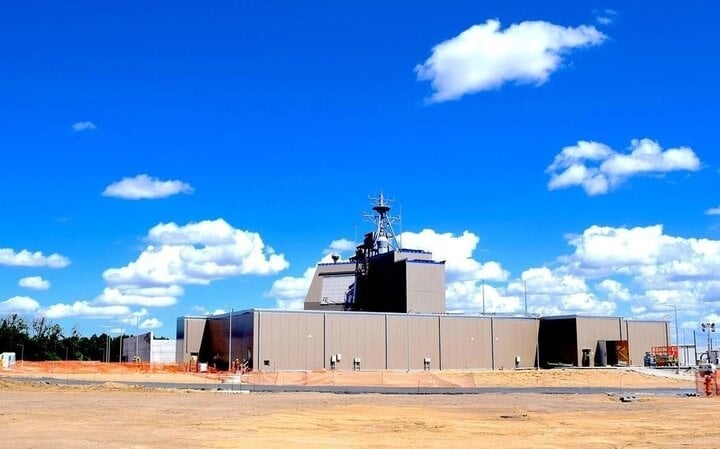
Image of Redzikowo base.
"Dilemma"
The origins of the conflict lie in the US withdrawal from the Anti-Ballistic Missile Treaty in 1972, a move that upset the Soviet leadership at the time and sparked a series of disagreements. Today, Russia sees US missile defense capabilities as a direct threat, undermining the nuclear deterrence doctrine that maintained stability during the Cold War.
Modern Cold War
As tensions have risen, the current crisis has spread beyond Ukraine, involving Poland, Romania and the Baltic states. Moscow has called for fundamental changes in European security, urging NATO to limit its military presence in Eastern Europe and limit the deployment of offensive weapons.
The deadlock has not been resolved.
While NATO has proposed a “transparency mechanism,” Russia has insisted on deeper changes, highlighting the potential offensive capabilities of missile defense bases in Poland and Romania. The talks remain deadlocked, with neither side willing to compromise on its red lines.
Redzikowo is a microcosm of the complex geopolitical dance between NATO and Russia that could shape the future of European security. As the world watches the echoes of the Cold War, it reminds us that the delicate balance of power requires careful consideration and diplomatic deftness on all sides.
Le Hung (Source: Military View)
Source


![[Photo] Cat Ba - Green island paradise](/_next/image?url=https%3A%2F%2Fvphoto.vietnam.vn%2Fthumb%2F1200x675%2Fvietnam%2Fresource%2FIMAGE%2F2025%2F12%2F04%2F1764821844074_ndo_br_1-dcbthienduongxanh638-jpg.webp&w=3840&q=75)


![[Photo] 60th Anniversary of the Founding of the Vietnam Association of Photographic Artists](/_next/image?url=https%3A%2F%2Fvphoto.vietnam.vn%2Fthumb%2F1200x675%2Fvietnam%2Fresource%2FIMAGE%2F2025%2F12%2F05%2F1764935864512_a1-bnd-0841-9740-jpg.webp&w=3840&q=75)


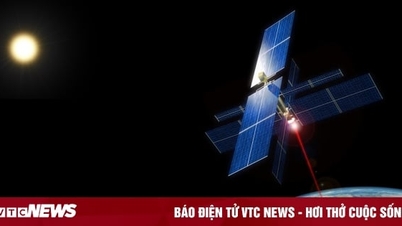
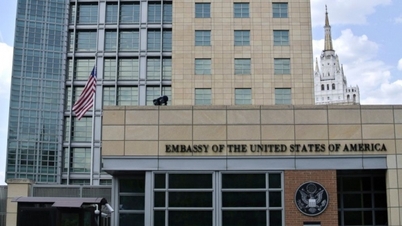

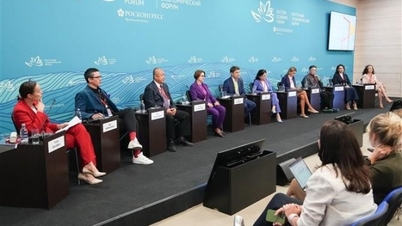

















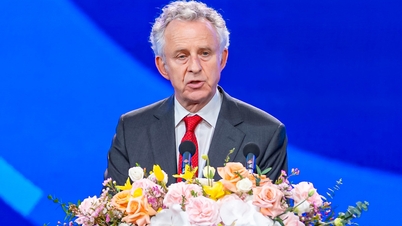
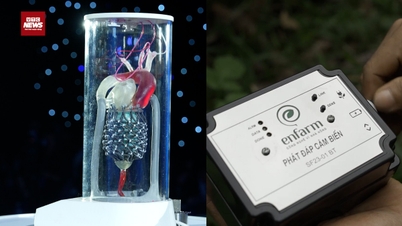








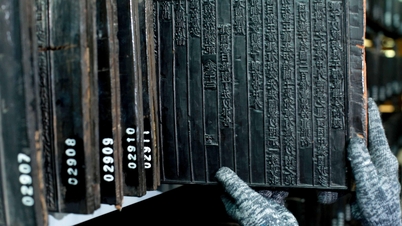









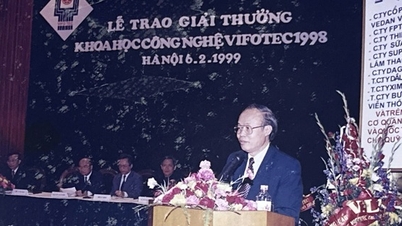




















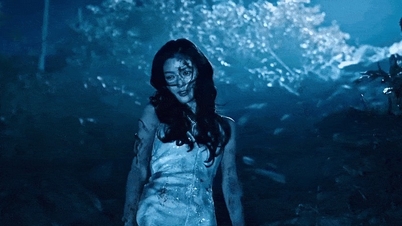









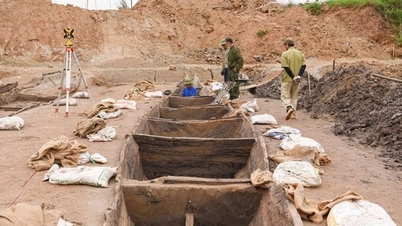




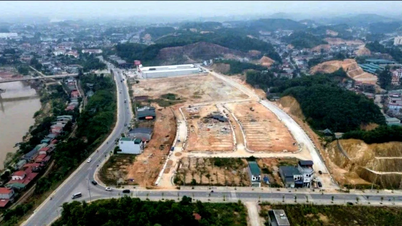






















Comment (0)